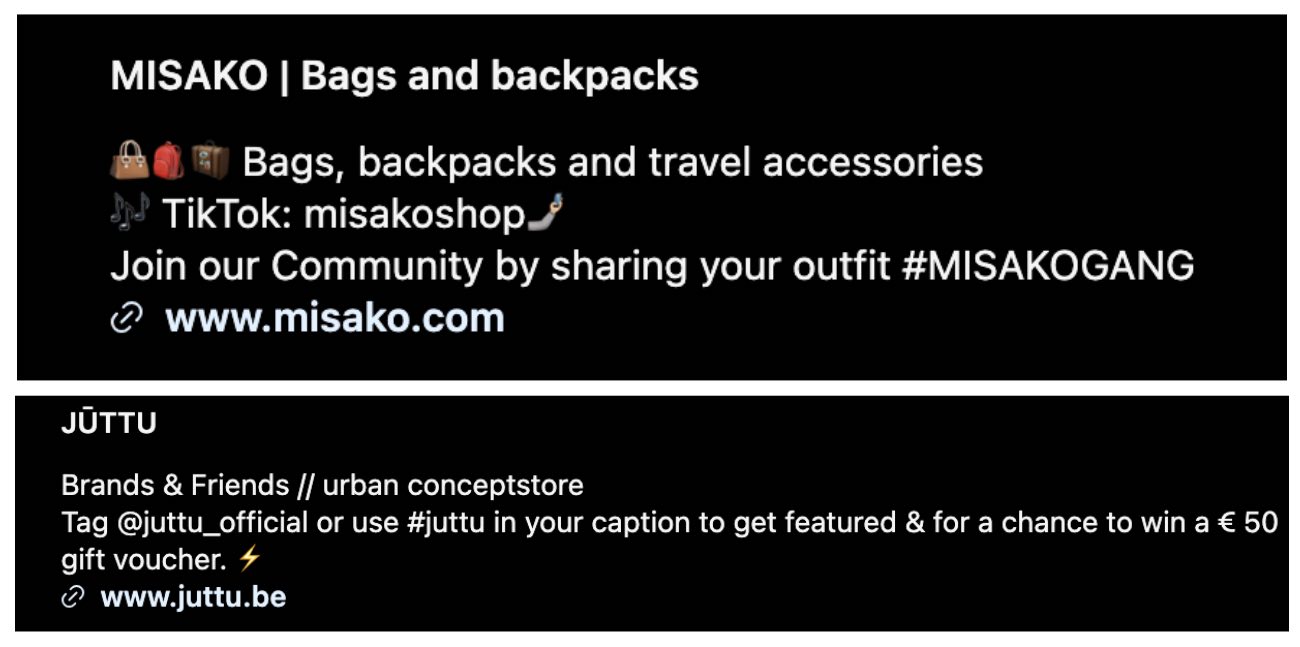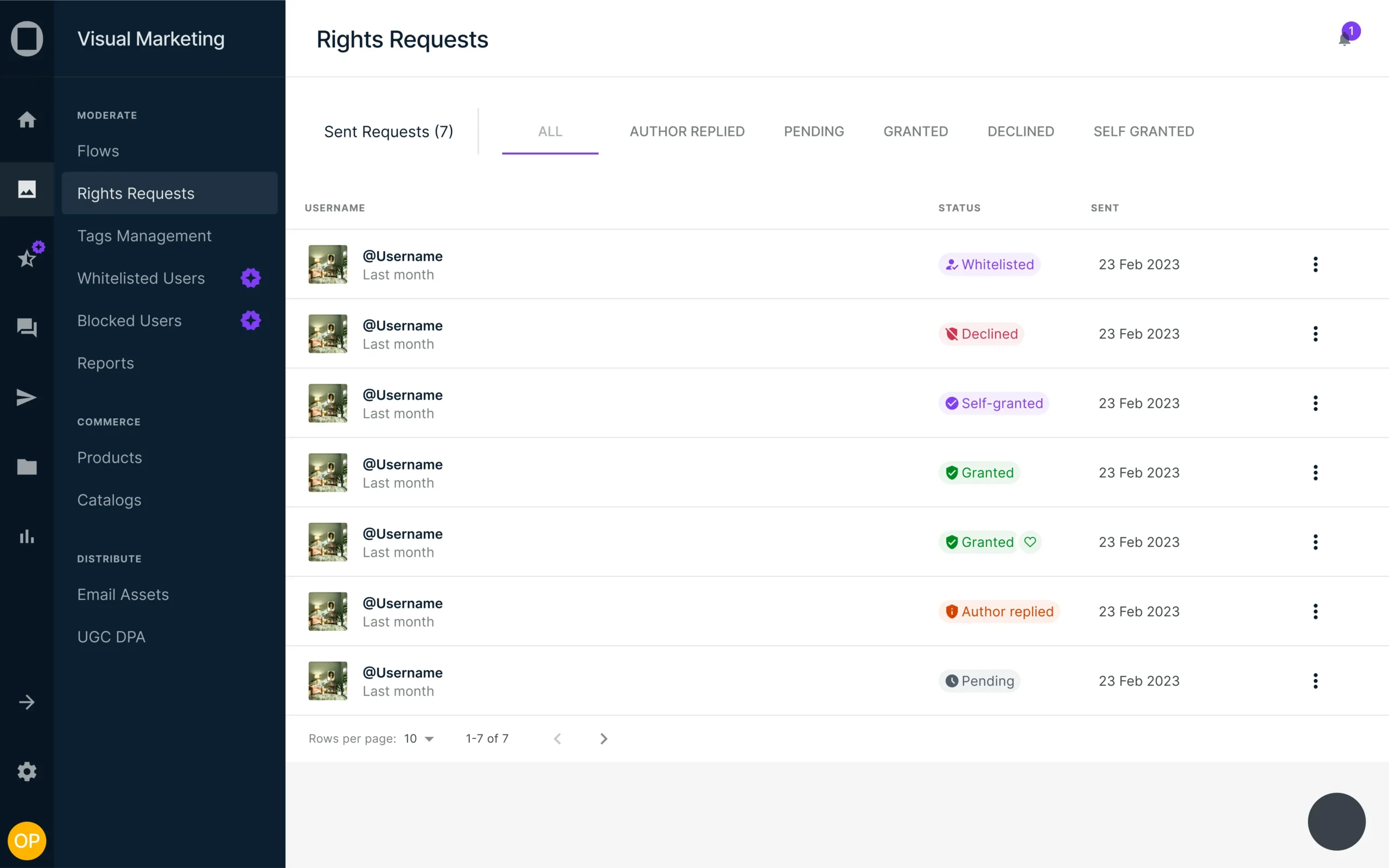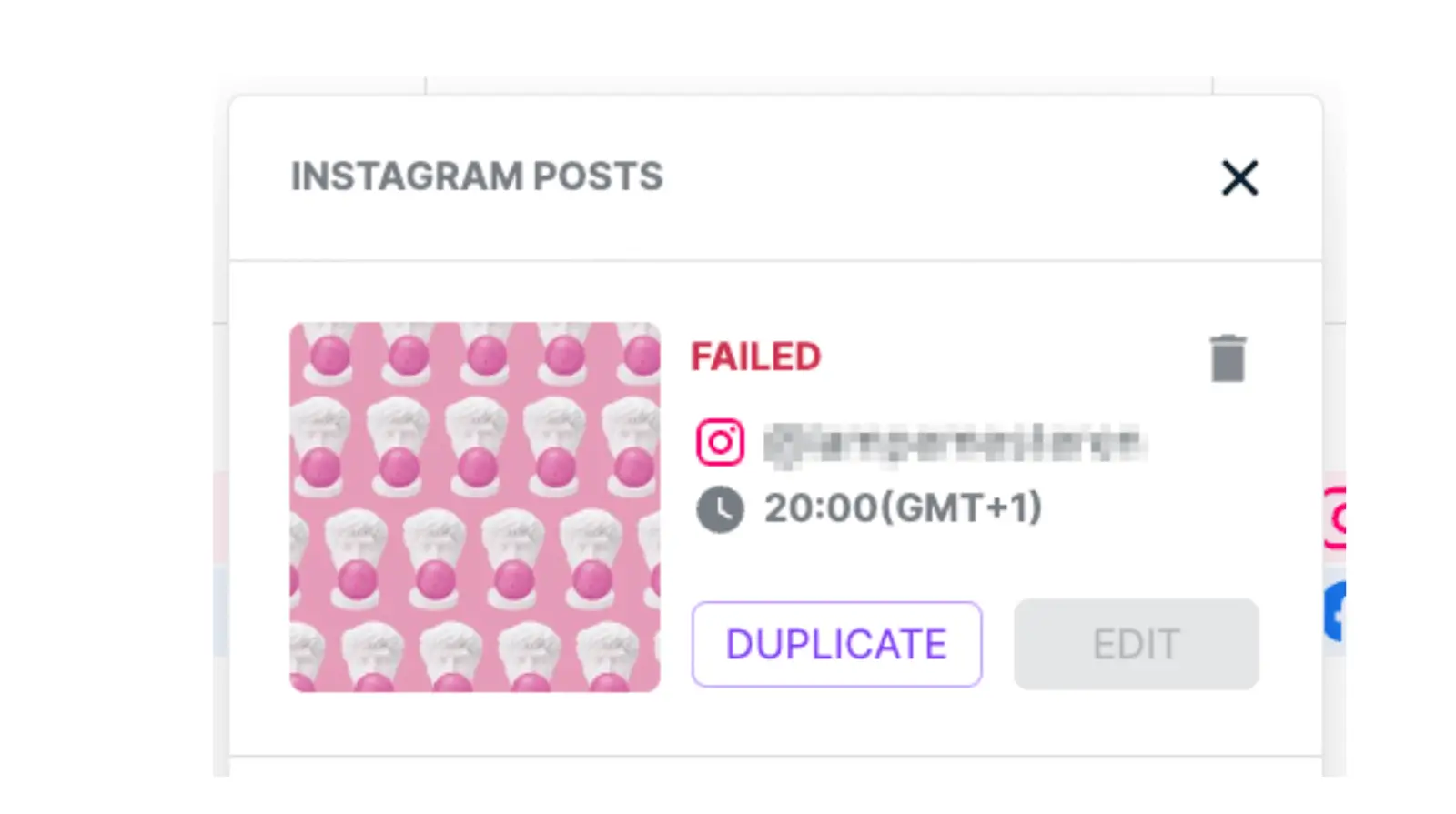Case studies
Industries
Resources
TikTok Collection
NEW
Table of Contents
Gaining User Generated Content permissions is crucial, especially in the digital age where User Generated Content is a powerful tool for brands. This guide explores the importance of User Generated Content laws and rights, different types and acquisition methods, and the right tools for this task.
Flowbox UGC Platform can simplify the process, ensuring we use UGC responsibly and ethically. This article will also help you to understand the legal implications of UGC as well as how to incorporate best practices, and make sure you don’t run the risk of causing any User Generated Content legal issues.
Read on for everything you need to know about User Generated Content rights.
Obtaining user generated content permission is pivotal for brands on multiple fronts. Primarily, it strengthens content security by ensuring compliance with legal frameworks and safeguards against potential copyright or ownership disputes.
Securing permission safeguards brands against potential copyright disputes or ownership conflicts. It ensures adherence to legal frameworks, protecting the brand from liabilities while maintaining the integrity of its content strategy.
Permission empowers brands to leverage UGC effectively across various channels. With consent, brands can:
This enhances the authenticity of marketing efforts and resonates more deeply with audiences.
When brands seek permission, it signals respect for creators’ rights, strengthening relationships with their audience. This fosters goodwill, establishes trust, and positions the brand as ethical and user-focused.
By obtaining consent, brands create a pathway to developing organic brand influencers. These creators add an authentic voice to the brand’s narrative, increasing credibility and generating high-value content that resonates with potential customers.
Permission-based content usage ensures fairness for all parties—users, brands, and platforms. It demonstrates a commitment to ethical practices and encourages sustainable collaboration between creators and companies.
In summary, establishing standards and frameworks is imperative in navigating legal requirements and sustaining creators’ rights, fostering fairness for individuals, companies, and platforms alike. This ensures a balanced landscape, benefiting all that are involved in the process.
Obtaining permission to use user generated content can be achieved through various approaches, each tailored to ensure clarity, consent, and mutual understanding:
A straightforward and effective method is to reach out to users directly. By clearly and politely specifying how the content will be used, brands can establish transparency and mutual agreement. This approach not only secures permission but also strengthens the relationship with content creators.
Including usage terms in your terms and conditions or user agreements during account creation or sign-up ensures users are informed about potential content usage. By agreeing to these terms, users provide upfront consent, streamlining the process for future UGC utilization.
Hashtag campaigns offer a creative and widely adopted way to obtain UGC permissions. When users participate in campaigns by posting content with a specific branded hashtag, they often signal implicit consent for the brand to use that content in marketing efforts. However, it’s essential to clearly communicate the hashtag’s purpose and associated terms to avoid misunderstandings.
By employing these strategies, brands can secure permission ethically and effectively while fostering trust and collaboration with their audience.
Implicit consent often occurs within campaigns featuring clear calls-to-action (CTAs), like hashtag campaigns or photo competitions. Examples of implicit permission can be found in Instagram bios:

While participation implies permission, there can be instances where users might not fully comprehend that their content could be used. This lack of understanding might risk your brand’s image, making it essential to avoid such repercussions.
Hence, obtaining explicit user generated content permission is very important and recommended.
Directly request permission with a personalized, friendly and clear request. You can provide reasons for your request and detail and the use of specific hashtags. This should solidify the understanding of content usage terms
For example, one of the ways you can gain the right to use content is through a Rights Request template where you can leave a comment directly on the Instagram post:

You can also ensure absolute clarity in your campaign’s terms and conditions. Direct communication not only clarifies usage rights but also strengthens brand-consumer connections, fostering loyalty and a sense of value among customers.
Flowbox simplifies the process of obtaining rights to use your customers’ content with a streamlined, efficient system designed for clarity and ease. Here’s how it works:
With Flowbox, you can send rights requests directly to users and easily track their responses. The platform ensures you stay organized, with request statuses clearly categorized as:

Flowbox provides a pre-designed template to get you started. You can personalize the message to make it friendly, simple, and engaging. Crucially, you can include a “key hashtag” in your request message—this is the keyword users need to include in their response to grant permission.
Once a user grants rights by replying with the key hashtag, Flowbox can automatically approve the content for use. By toggling on the Auto Approve option, you save time and streamline your workflow, ensuring approved content is ready to be integrated into your campaigns without delay.
Flowbox empowers your brand to secure UGC permissions efficiently while maintaining a friendly and transparent process for your audience.
Flowbox provides two ways to send rights requests, ensuring flexibility based on how content is collected:
Note: This functionality is currently available only for posts collected from Instagram.
By offering both automatic and manual options, alongside robust organizational tools, Flowbox ensures that your rights request process is efficient, user-friendly, and aligned with your needs.
When seeking permission to use user generated content, it’s crucial to approach the process strategically to maintain your brand’s integrity and strengthen its image.
Understand the Content and Its Creator: The type of UGC you choose to feature reflects directly on your brand. By using someone’s content, you associate their voice, style, and values with your brand identity.
Protect Your Brand Identity: Using UGC that doesn’t resonate with your brand values can send mixed or conflicting messages to your audience. Prioritize content that complements your brand’s core principles to safeguard your reputation and foster trust with your community.
Streamline Permission Requests: Obtaining UGC permission can be time-consuming, but tools like Flowbox simplify the process, making it efficient and hassle-free.
Curious about how Flowbox can help you efficiently get content permission? Get your demo now!
User-generated content usage rights encompass the legal permissions and limitations associated with content created by individuals. Effective UGC rights management is crucial to harness the benefits of user created content while respecting the rights of the content creators.
Simply put, usage rights refer to the consent that is granted by the creator to the brand to utilise their work for marketing. These rights specify how, where, and for what purposes the content can be utilised. For businesses leveraging UGC, obtaining clear and legal usage rights is essential to avoid potential user-generated content legal issues.
Here are some general principles that often apply to user-generated content Creators:
In most cases, the person who creates the content is the initial owner of the copyright. This means that content creators typically have the exclusive right to reproduce, distribute, display, and perform their work.
When users upload content to a platform, they often grant the platform a license to use, reproduce, distribute, and display their content. This license is usually necessary for the platform to share the content.
Content creators and users are typically bound by the terms of service or user agreements of the platform they are using. These agreements outline the rights and responsibilities of both the user and the platform and may specify how the platform can use and moderate UGC.
Some content may be in the public domain, meaning that it is not protected by copyright and can be freely used by anyone. The concept of “fair use” allows for the use of copyrighted material for purposes such as criticism, commentary, news reporting, and research without the need for permission.
Platforms often have the right to moderate and remove user generated content that violates their policies. At Flowbox, you can withdraw your consent for the processing of your personal data at any time by getting in contact using the information provided at the bottom of our privacy policy.
Navigating the realm of user generated content rights presents several common challenges:
Effectively managing UGC rights is essential to safeguard your brand, respect creators, and build trust with your audience. Here are some best practices to help you navigate UGC rights:
Transparent communication is fundamental: Clearly outline the intended use of their content and obtain their consent in a transparent manner. This not only ensures legal compliance but also builds a positive relationship with the community.
Respect the Creator’s Rights: Give proper credit to the content creator whenever possible. Do not modify or alter the content in a way that misrepresents the creator’s original intent without their approval.
Make use of technology with Flowbox: As mentioned earlier, you can leverage Flowbox to streamline User Generated Content rights management. Our tools simplify the tracking of usage rights, ensuring that content is used appropriately and in alignment with the creator’s permissions.
User generated content often incorporates elements from pre-existing works created by others. For instance, a YouTuber might feature a copyrighted song in their video, or TikTok users might perform duets with content created by others. However, copyright laws regarding UGC can vary by jurisdiction and platform.
Original creators can give their permission to a UGC creator through a license. When it comes to User Generated Content from TikTok for example, the platform automatically grants users a license that allows them to engage in duets or respond to videos created by other users.
If your post has failed to publish for whatever reason, it may be because of a permissions issue. You can use the FlowBox publish tool to troubleshoot publishing errors and check your account permissions.

In some cases, it won’t be possible to collect a post even when the author replies to your rights request message sent with the Flowbox Google Chrome extension. The reason for this is that Instagram’s API does not provide partners with content that contains User Generated Content copyright material or has been flagged for a copyright violation, such as copyrighted audio on a reel.
User Generated Content relationships thrive on informed consent – where content creators understand:
It is imperative to abide by the legal frameworks laid out and to keep in mind the rights of content creators to avoid any legal risks. If this is ignored, legal issues can arise. Ensure also that content is safeguarded against any hate speech or offensive materials.
Using the Flowbox tool, you can filter content during the moderation process.
Although it is important that you obtain permission from all users you collect content from, when it comes to the industries that cater to products for kids it’s especially vital given the sensitive nature of sharing content featuring children.
With Flowbox you can be confident that this is done correctly using the rights request tool, and that privacy is protected at all times. In this video case study, Carmen de Paz from The Animal Observatory describes the ease with which the brand has been able to obtain permission from parents who have shared content of their children wearing their products, whilst being legally compliant.
“In Flowbox, it’s very easy to feature content from children or from anyone else because they have this tool, the rights request tool, which you can send to all your followers, all the people that generate the content that you want to use. You send them these right requests, and they can accept or not to share this kind of content with the brand.”
Carmen de Paz, Growth Manager at The Animals Observatory
See how they incorporate UGC on their website using the hashtag #beagoodanimal.

Not working with a UGC platform yet? Book a demo to learn for yourself why brands all over the world trust Flowbox.
In our Rights Request template, we not only ask for permission but we also ask you to include a URL. We recommend you do this so you can link to your own legal page with User Generated Content terms & conditions that underline laws. This also means your customers accept these T&Cs whenever they give consent to your request.
Flowbox does not offer a standard template, because ultimately these T&Cs need to come from your organisation, and you are responsible for upholding them. However, to help you give an idea of what to include in your template, we have these examples from Stadium and Skane.
Not only does understanding User Generated Content laws avoid legal issues and hefty legal fees, but it is also crucial for the survival of your brand and its image, given that many customers will not buy from a brand that does not abide by User Generated Content laws, let alone create content featuring products from your brand.
Therefore by acting in line with the terms and conditions on your website, you can be sure to avoid any legal issues and in turn, focus on cultivating a community for your customers to share their voice and showcase your product.
Since 2018, our platform has been entirely compliant with GDPR requirements. With us, you can trust that your customers’ data privacy is protected and that their data is handled and processed with high standards according to the GDPR. We have thorough procedures for how to handle the data and can trace this data to a physical person, ensuring that any content on your website isn’t anonymous.
In the dynamic world of digital engagement, obtaining User Generated Content permissions and understanding the rights of content creators is key to unlocking authenticity, and helps to foster a legally compliant environment for content creation.
By prioritising transparency, your brand can create more valuable UGC and social proof, whilst maintaining genuine brand-user relationships.